 small ship adventure cruises®
small ship adventure cruises® small ship adventure cruises®
small ship adventure cruises®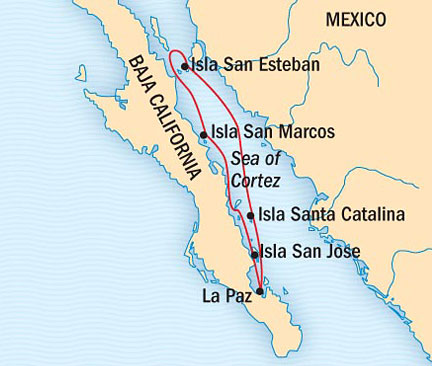
After a restful night anchored off Puerto Escondido on the mainland, we approached the dock there and tied our ship up. Breakfast over, we immediately boarded a series of vans which took us to the vicinity of Loreto, and up into the mountains on a nice paved road. Many years ago this road was dirt/rock and a million curves. How the Jesuits ever made it up is a wonder. We only drove for an hour and a half, but for them it must have been a two-week trip at least, walking and driving donkeys or mules up those dirt paths in the mountains.
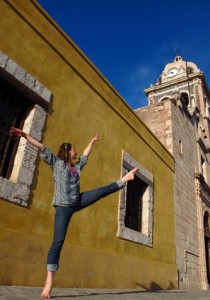 San Javier is a lovely mission, complete with a small town attached to it. Tourism is what makes the place run, with everyone driving up the mountain to see this most historical place near Loreto. The mission here was begun shortly before the mission in Loreto, but was stopped to build the one at Loreto first. By 1702 it was finished, and then their work was dedicated to San Javier. The place was chosen for the presence of a lot of water, as the native Guaycura were there. This mission is in perfect condition, and the priest goes from Loreto up there once a week to give mass. Interestingly enough, behind the church are a series of good quality cultivation fields where we saw an enormous amount of fruit trees, especially sweet limes, sweet oranges, guavas and hundreds of olive trees. Among these last is an old, gnarled olive tree, around three hundred years old, planted by the missionaries at the beginning of the 1700’s. It still gives bushels of olives every year.
San Javier is a lovely mission, complete with a small town attached to it. Tourism is what makes the place run, with everyone driving up the mountain to see this most historical place near Loreto. The mission here was begun shortly before the mission in Loreto, but was stopped to build the one at Loreto first. By 1702 it was finished, and then their work was dedicated to San Javier. The place was chosen for the presence of a lot of water, as the native Guaycura were there. This mission is in perfect condition, and the priest goes from Loreto up there once a week to give mass. Interestingly enough, behind the church are a series of good quality cultivation fields where we saw an enormous amount of fruit trees, especially sweet limes, sweet oranges, guavas and hundreds of olive trees. Among these last is an old, gnarled olive tree, around three hundred years old, planted by the missionaries at the beginning of the 1700’s. It still gives bushels of olives every year.
Soon we were on our way back to Loreto, where we were driven straight to the Hotel Mission, where a delicious lunch awaited us. Yes, delicious! And then we were free to visit this small city and its many handicraft shops.
The way back to our ship was uneventful, but with lovely views.
Feliz Navidad from the Gulf of California!
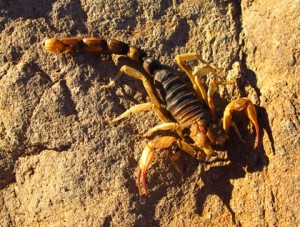 Today all of our guests had a day to remember as Mother Nature gave us the greatest gift of all: a beautiful day on which to observe a part of her natural realm and the creatures who inhabit it.
Today all of our guests had a day to remember as Mother Nature gave us the greatest gift of all: a beautiful day on which to observe a part of her natural realm and the creatures who inhabit it.
We started at Isla Santa Catalina with snorkeling, hiking, and Zodiac cruises. Endemic giant barrel cacti were scattered across the landscape amongst the even larger cardon. Bird sightings included yellow foot gulls, brown pelicans, cormorants, and a brown-footed booby. The ‘long hikers’ made it to the ridgeline high above our landing site to take in views both eastward over the gulf and westward toward the peninsula.
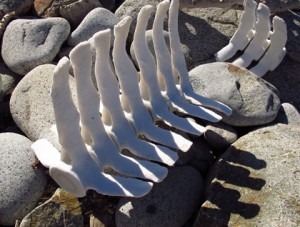 In the afternoon, National Geographic Sea Bird anchored at Mangle Solo at Isla San Jose, so we could explore the fantastic arroyo and canyon at Encantada. This place has long been known as “Kelly’s Beach” to many of us at Lindblad Expeditions-National Geographic. The sandy bottom of the arroyo was verdant with its many plants that have sprung up after way above average fall rains. The hand of the great landscape architect herself was very evident. Dozens of turkey vultures circled overhead while our guests hiked with interpretation from expedition team naturalists. The narrowing canyon led to a maze like single file procession of explorers pushing onwards to just see what was around the next bend.
In the afternoon, National Geographic Sea Bird anchored at Mangle Solo at Isla San Jose, so we could explore the fantastic arroyo and canyon at Encantada. This place has long been known as “Kelly’s Beach” to many of us at Lindblad Expeditions-National Geographic. The sandy bottom of the arroyo was verdant with its many plants that have sprung up after way above average fall rains. The hand of the great landscape architect herself was very evident. Dozens of turkey vultures circled overhead while our guests hiked with interpretation from expedition team naturalists. The narrowing canyon led to a maze like single file procession of explorers pushing onwards to just see what was around the next bend.
A beach barbeque capped of the day; complete with beautiful sunset; a nearly full, moon rise accompanied by brightly shining Jupiter; ‘some-mores’ by the campfire; and entertaining Mexican folk stories and songs performed by staff and crew members.
Details along the periphery, life in the margins, diversity along the edge, life abounds and we came to discover. We focused our investigative attentions towards the mangroves of Amortajada on the south end of Isla San Jose. Standing tall on their tangled maze of stilt roots were red mangroves, defining the edge of diversity and a nursery as well. Small fish, perfect little prey items swam in relative safety amongst the root fortress. Waiting for the tide to drop were patient birds perched in the branches. Gleaming-white ibis, elegant reddish egret, and pristine snowy egrets all flitted about, waiting for a lowering tide and easier access to sand bars, shallows and a morning foraging opportunity.
San Evaristo contrasted our island morning with a peninsular afternoon. Schools of fish entertained snorkelers along the namesake cliff-face of Punta San Evaristo. Kayakers admired pelicans perched at the water’s edge. Hikers had an amazing show of plunge diving pelicans at the landing site, and to finish off our afternoon: a tiger-striped dog belonging to one of the residents of this small fishing village was patient enough to play fetch with some of our guests and staff.
Our days here in Baja California are leaving different impressions on each of us. We gather memories as treasures to gently sift through later with leisure. Here are a few poems shared that express the diversity of our memory gleanings.
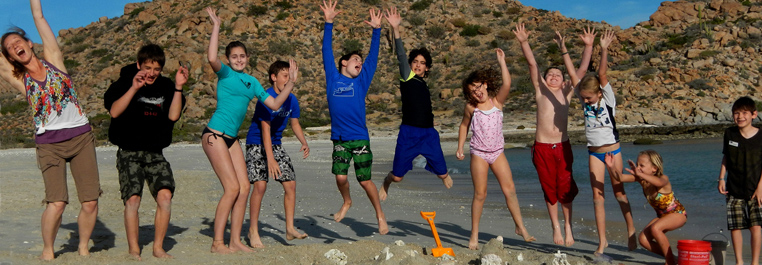
California sea lions dominated the sights, sounds, smells, snorkeling activities, and scenic Zodiac tours that enriched our morning. Los Islotes or “the islets” are a group of reddish rocks that stick out of the sea and offer the perfect place for sea lions to loaf in between foraging trips. Males fight and breed here in June and July allowing females to produce approximately 70 pups per year. The one to two year olds are the stars. Like puppies, they love to chase after the Zodiacs while jumping on each other, biting, butting, and bullying before a high-speed chase corkscrews into a direction reversal with the mere flick of their flippers. They are so fast that the best a photographer can hope for is blurry brown blob just ahead of bubbly turbulence. Those guests snorkeling with these little athletes have to be able to giggle with snorkels sticking out of their mouths. These pups love to race up to within inches of your facemask and then veer off, possibly being entertained by how large your eyes suddenly become. If they slow down they transform into little water ballet dancers smoothing every move into a stunning performance of grace and beauty as they execute spins, pirouettes, and flips. After three or four years these underwater ballerinas will reach maturity. The females will produce one pup annually for about 14 or more years. Maturity in males takes longer and most will not be able to compete for territories until they are over ten. Their younger years on the rookery are spent learning the art of pushing, barking, biting, and displaying open-mouth threats to cantankerous neighbors.
During lunch we cruised south of Isla Partida and Espiritu Santo toward Bonanza Bay. We stopped for 30 minutes and dropped our ‘CTD’ that measures ocean conductivity, temperature, depth, chlorophyll, and dissolved oxygen to 1550 feet for a National Geographic and Stanford University project. The research is studying the changing oxygen minimum layer in the Gulf of California.
Bonanza Bay is outlined by a beach that gently curves for miles without a single interruption of a manmade object. There are no hotels, condominiums, shanties, jet skis, or beach umbrellas, with the only sound coming from the surf on the beach and the distant calls of birds. Being here is a special sort of bliss that has an absence of cares and irritations. Young people played red light, green light with their toes digging into the fine sand, Marco Polo in the frothy surf, and built a sand castle complete with a moat and suburban village. Evening fell quickly as the last Zodiacs left the beach.
Submit your review | |
Tags: Baja California, cruise report, Journeys in the Sea of Cortez